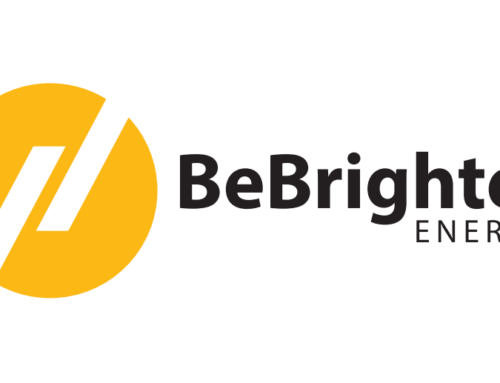Navigating the Sustainable Path to Profitability
Introduction
In recent years, green energy investments have surged in popularity, with a particular focus on solar infrastructure projects. This article explores into the myriad environmental and financial advantages of investing in solar infrastructure, including solar farms and solar asset management. These investments not only promote sustainability but also offer promising returns on investment, making them an attractive option for both environmentally conscious individuals and financial stakeholders.
The Rise Of Green Energy Investments
The ongoing shift towards renewable energy sources is driven by an increased awareness of climate change and the need for sustainable alternatives to traditional fossil fuels. Solar energy has in particular gained prominence due to its abundance, accessibility and the constant advancements in technology that continue to reduce costs.
Investors are recognising the potential of green energy investments as not only a way to support environmentally responsible practices but also to secure future profits. By harnessing the power of the sun, solar energy investments have become a prominent avenue for those seeking a sustainable path to profitability.
Environmental Benefits Of Solar Infrastructure Investments
Investing in solar infrastructure projects, such as solar farms, offers a multitude of environmental benefits. The most prominent advantage is the reduction in greenhouse gas emissions. Solar energy is clean and does not produce harmful pollutants during electricity generation. By replacing or supplementing traditional energy sources with solar power, we can significantly reduce our carbon footprint.
Moreover, solar farms often utilise previously unused or underdeveloped land, reducing the environmental impact associated with large-scale energy generation. These projects can be designed to coexist with local ecosystems, promoting biodiversity and conservation.
Financial Benefits Of Solar Infrastructure Investments
Beyond the environmental advantages, solar infrastructure investments offer attractive financial incentives. These investments can provide a steady income stream through various avenues:
- Power Purchase Agreements (PPAs): Investors can enter into long-term PPAs with utility companies, guaranteeing a consistent revenue stream as the utility purchases the generated electricity at a fixed rate.
- Government Incentives: Many governments worldwide offer incentives such as tax credits and grants to encourage investment in solar infrastructure. These incentives help reduce initial capital expenditures and enhance the financial viability of solar projects.
- Energy Sales: Excess electricity generated by solar farms can be sold back to the grid, creating an additional source of income.
- Renewable Energy Certificates (RECs): Investors can earn RECs for generating clean energy. These certificates can be sold to entities seeking to meet renewable energy compliance goals, further increasing profits.
Solar Asset Management: Ensuring Long-Term Profitability
Effective solar asset management is essential for maximising the profitability of solar infrastructure investments. This involves regular maintenance, monitoring and performance optimisation. Professional asset managers can help investors ensure that their solar projects operate efficiently, thereby extending the lifespan and profitability of the investment.
Mitigating Risks
As with any investment, solar infrastructure projects come with their share of risks. Variability in weather conditions and potential technical issues can affect energy production. It’s crucial for investors to conduct thorough due diligence, adopt risk mitigation strategies and consider diversifying their portfolio to spread risk.
Conclusion
Investing in solar infrastructure projects is not only an environmentally responsible choice but also a financially rewarding one. The rise of green energy investments, driven by the global shift toward sustainability, has paved the way for solar energy to shine as a prominent avenue for profit. With a clear commitment to environmentally friendly practices and the support of government incentives, these investments can offer a sustainable path to profitability. Effective solar asset management and risk mitigation strategies are key elements in ensuring long-term success, making solar infrastructure investments a promising choice for those seeking a balance between environmental impact and financial gain.



Leave A Comment